Greenpeace report calls for more solar electricity in Israel
Greenpeace report calls for more solar electricity in Israel
A report published by Greenpeace and Israeli investment and consulting firm Eco-Energy Ltd. in June posits a plan for the large-scale introduction of solar energy in Israel – 2,000 MW central station solar thermal and 500 MW PV installed over 20 years – and estimates total direct and indirect benefits of between $1.8 and $2.7 billion through 2025.
At a July 14 press conference in Tel Aviv, Amit Mor of Eco-Energy, a co-author of the Greenpeace Report for Solar Energy in Israel, said the report "should have been done by the Israeli government years ago." Mor put forth essentially the same large-scale deployment scenario last year as a contributor to a document entitled Energy Master Plan for the State of Israel, which was written under contract for the government.
According to Avraham Arbib, deputy chief scientist and director of R&D at Israel's Ministry of National Infrastructures, while the government has committed to facilitating the construction of several hundred megawatts of central station solar thermal power plants in the Negev desert, and is currently deciding on the best approach for this, PV is a much lower policy priority. "With PV, we are just struggling to keep ourselves in the picture," says Arbib. On the other hand, Israel has a special interest in assisting the rebirth of a large-scale solar thermal industry, he says, because of the existing expertise in Israel and its potential for export.
Greenpeace's call for installation of 25 MW of PV each year for the next 20 years is an order of magnitude away from current installation rates, which Arbib estimates at about 30 kW per year. In total, about 533 kW of PV have been installed in Israel, most of it off-grid. A resolution adopted by the Israeli government in Nov. 2002 mandates that at least 2 percent of the country's electricity be generated from renewable resources by 2007, and 5 percent by 2016. Arbib estimates this could favorably affect the PV market in Israel, but only once further incentives are in place. The renewable energy portfolio requirement has no carve-out for solar, and while the government is currently preparing a new net metering law for utility-interactive systems, the Israel Electric Company (IEC) does not offer rebates or other incentives geared to help bring down the cost of installing PV systems, according to Arbib. IEC, however, is exploring PV's grid impacts by investing $1 million in a 29-home grid-connected "solar village" in the Negev – a well-known strategy employed by utilities to delay the dissemination of distributed on-grid generation.
The few PV companies in Israel are mainly system integrators such as SolarPower Ltd., which has focused on solar streetlights (see PI 2/2004, p. 6).





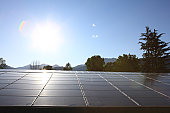
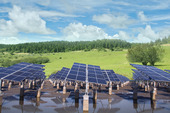

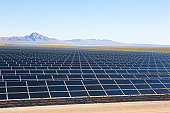
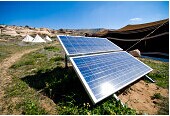

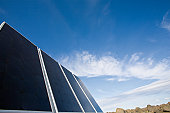
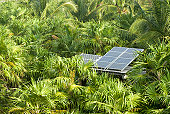




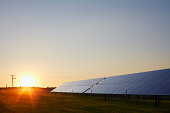
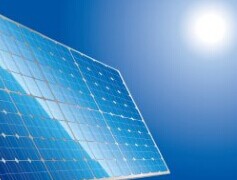
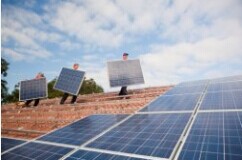

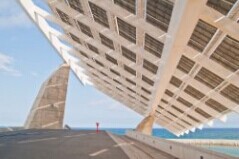
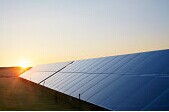

 Press Releases
Press Releases




